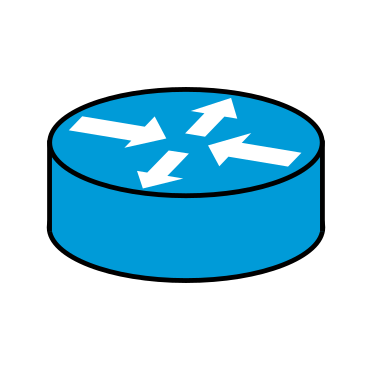It’s an engineering sample that was produced before the final product was available. They use the really early ones to figure out if what they got back from the fab actually runs and how fast it will go safely. Later ones end up at motherboard partners so they can test their new board designs.
It is pretty common for them to leak out onto the second hand market after the final release. I’ve never heard of one that had any real problems, but in theory you might be buying something that has some issue that they hadn’t discovered at that point.













Had a similar experience in what I think must have been my second year of primary school.
I was asked to go through a math problem that was written out, something like “4 + 7 = ?”.
I said “Four plus seven equals eleven”.
The teacher said that was wrong and said “Four add seven is eleven”.
I’m like, what is the difference? She says, we aren’t onto “plus” and “equals” yet
Six year old me spent an unreasonable amount of time trying to figure out how their was some difference between plus and add. She just could have said “they are the same, but please use these words to describe them in our lessons”.